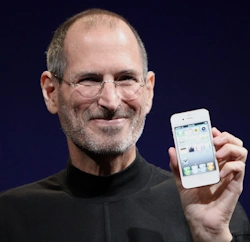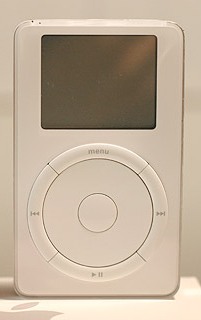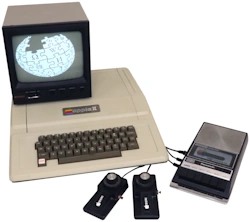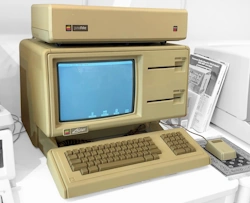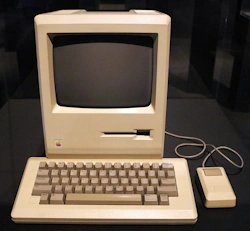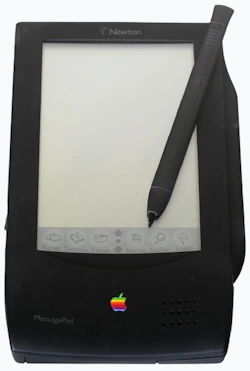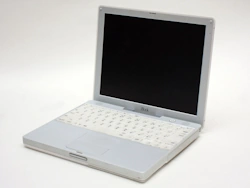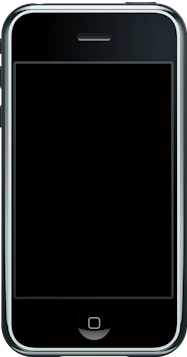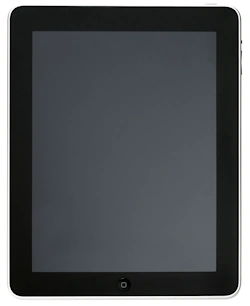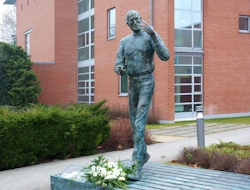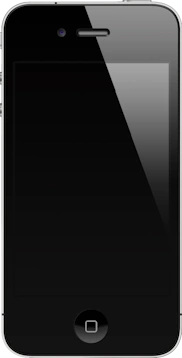Computer revolution
Apple II and early success
In April 1977, 1 year after Apple's founding, Steve Jobs and Steve Wozniak introduced the Apple II, an 8-bit
home computer, at the West Coast Computer Faire in San Francisco, California, U.S. The Apple II was primarily
designed by Steve Wozniak, while Steve Jobs oversaw development of the computer's unusual case, and
Rod Holt, Apple employee #5, developed the unique power supply. While designing the Apple II, Jobs and
Wozniak disagreed on the number of expansion slots: Jobs wanted 2, while Wozniak wanted 8. They eventually
agreed on 8 slots. The Apple II became one of the first highly-successful microcomputers in the world.
Apple Lisa
Steve Jobs's relationship with his girlfriend, Chrisann Brennan, quickly deteriorated as she got pregnant.
Steve Jobs denied paternity, though a DNA test established him as the father of Lisa Brennan-Jobs,
born May 17, 1978.
In 1978, at the age of 23, Steve Jobs was worth $1 million ($4.5 million in 2023). By 1980, age 25, his
net worth grew to $250 million ($450 million in 2022). Also starting from 1978, Apple developed the
Lisa, which was sold until the early 1980s. The Lisa sold poorly at a measly 100,000 units,
although it was the first PC with a
GUI for bussiness users. Steve Jobs was forced out of the
Lisa project in 1982.
In 1983, Steve Jobs convinced John Sculley away from Pepsi-Cola to serve as CEO of Apple, telling him
"Do you want to spend the rest of your life selling sugared drinks, or do you want a chance to change
the world?"
.
The same year, the company made the quickest entry into the Fortune 500 list of America's top companies.
Introduction of the Macintosh
In 1981, Jobs took over development of the Macintosh, in the absence of Steve Wozniak who was recovering
from a
traumatic plane accident
.
The Macintosh had been conceived by Jef Raskin (1943 - 2005), an early Apple employee. On 22 January 1984,
Steve Jobs aired the famous, $1.5 million,
Ridley Scott
1984 Macintosh ad,
featuring an unnamed heroine to represent the coming of the Macintosh as saving the humanity from IBM's
domination of the computer industry. It ended with the words:
"On January 24th, Apple Computer will introduce Macintosh. And you'll see why 1984 won't be like '1984'."
Two days later, an emotional Steve Jobs introduced the Macintosh at Apple's annual shareholders meeting in
Flint Auditorium at De Anza College, as the audience cheered at the sight of the Macintosh's
GUI, inspired by Lisa, released 1 year prior, which in turn
was inspired by Xerox's PARC mouse-driven GUI. The Macintosh also had text-to-speech abilities. The computer
was widely acclaimed by the media with strong initial sales, though its low performance, lack of software,
and high price led to a rapid decline in sales in the second half of 1984.
The Macintosh released as the first mass-market personal computer with a GUI and mouse.
